Trees That Grow In Water – Best Trees For Wet Soil
Certain trees growing in water or wet areas of your yard can help improve drainage, but be sure they’re the right ones.

Water-Loving Trees: Trees That Grow In Water
If there is a secret to life, it’s likely to involve making choices that are appropriate for the circumstances. This certainly applies to planting trees.
The most important part of planting a tree comes before actually digging the hole and involves selecting a tree that will thrive in the circumstances your site offers.
For example, while many trees prefer well-drained soil, some can thrive in wet soil. Read on for some tips about selecting trees growing in water and wet areas.
Growing Trees in Wet Soil
Not every tree will be happy in every site, so determining what your backyard has to offer a tree is step one for a successful landscape. You’ll want to know your USDA hardiness zone, which tells you which trees will survive your winters. It’s also important to know the site’s sun exposure and the type of soil.
The reason some trees die or grow poorly in wet areas is simply because they cannot breathe. Most tree roots need air as much as they need water. If they do not get air, they will die. But some water-loving trees have developed the ability to grow roots without needing air. This allows them to live in marshy areas where other trees would die.
Some trees love watery areas or can survive occasional flooding, but take care: different trees that like wet soil have different tolerance levels. Most trees classified as “trees that grow in water” may accept moist soil, but may not survive flooding.
Using Trees to Improve Drainage
When it comes to planting, drainage means how fast water will pass through the soil. An average soil will contain an equal amount of solid materials and pore space that is filled by air and water, both of which are needed for plants.
Gardening tips, videos, info and more delivered right to your inbox!
Sign up for the Gardening Know How newsletter today and receive a free copy of our e-book "How to Grow Delicious Tomatoes".
When the soil is poorly drained, water fills most of the pore space, leaving too little space for air. You can ameliorate this situation by planting trees that grow in water. These water-tolerant trees have shorter roots but they can uptake excess water in the soil. This allows for more oxygen to penetrate and results in improved soil filtration.
If you plan to plant trees in wet areas it’s important to note that the roots of most water-loving trees are extensive and can possibly cause damage to pipes (though not often foundations). If these trees use up all the water in the wet area of your yard, they will seek water elsewhere. In urban and suburban areas, this could mean the tree will grow into sewer and water pipes as it seeks more water.
Best Trees for Wet Areas
You can find lists online of trees that tolerate wet soil better than others. When you consult these sites, be sure to read the small print explaining for each tree what type of water tolerance the tree has.
For example, river birch is often listed as one of the trees growing in water since it prefers soil that’s very moist and is often seen along streams or river banks. This tree tolerates occasional flooding. On the other hand, red maples tolerate standing water for months on end when growing in the wild, but will not tolerate flooding when used in a landscape.
Standing Water and Wet Soil Trees
Here is a list of trees that can tolerate wet soil and/or standing water:
- Atlantic White Cedar
- Bald Cypress
- Black Ash
- Freeman Maple
- Green Ash
- Nuttall Oak
- Pear
- Pin Oak
- Plane Tree
- Pond Cypress
- Pumpkin Ash
- Red Maple
- River Birch
- Swamp Cottonwood
- Swamp Tupelo
- Sweetbay Magnolia
- Water Tupelo
- Willow

Teo Spengler is a master gardener and a docent at the San Francisco Botanical Garden, where she hosts public tours. She has studied horticulture and written about nature, trees, plants, and gardening for more than two decades. Her extended family includes some 30 houseplants and hundreds of outdoor plants, including 250 trees, which are her main passion. Spengler currently splits her life between San Francisco and the French Basque Country, though she was raised in Alaska, giving her experience of gardening in a range of climates.
-
 Looking For Plants To Give You The Soft And Fuzzies? Try These 5 Fuzzy Leaf Plant Options
Looking For Plants To Give You The Soft And Fuzzies? Try These 5 Fuzzy Leaf Plant OptionsLovers of texture, drama, silver foliage and tactile plants will adore these special sensory garden additions. These fuzzy leaf plant options will leave you all aglow
By Susan Albert
-
 Get Ready For A Summer Of Hummers! Grow These Full Sun Hummingbird Plants and Flowers
Get Ready For A Summer Of Hummers! Grow These Full Sun Hummingbird Plants and FlowersIf you’re lucky enough to enjoy a sunny backyard, make sure you are maxing out on your pollinator opportunities and grow these full sun hummingbird plants and flowers
By Tonya Barnett
-
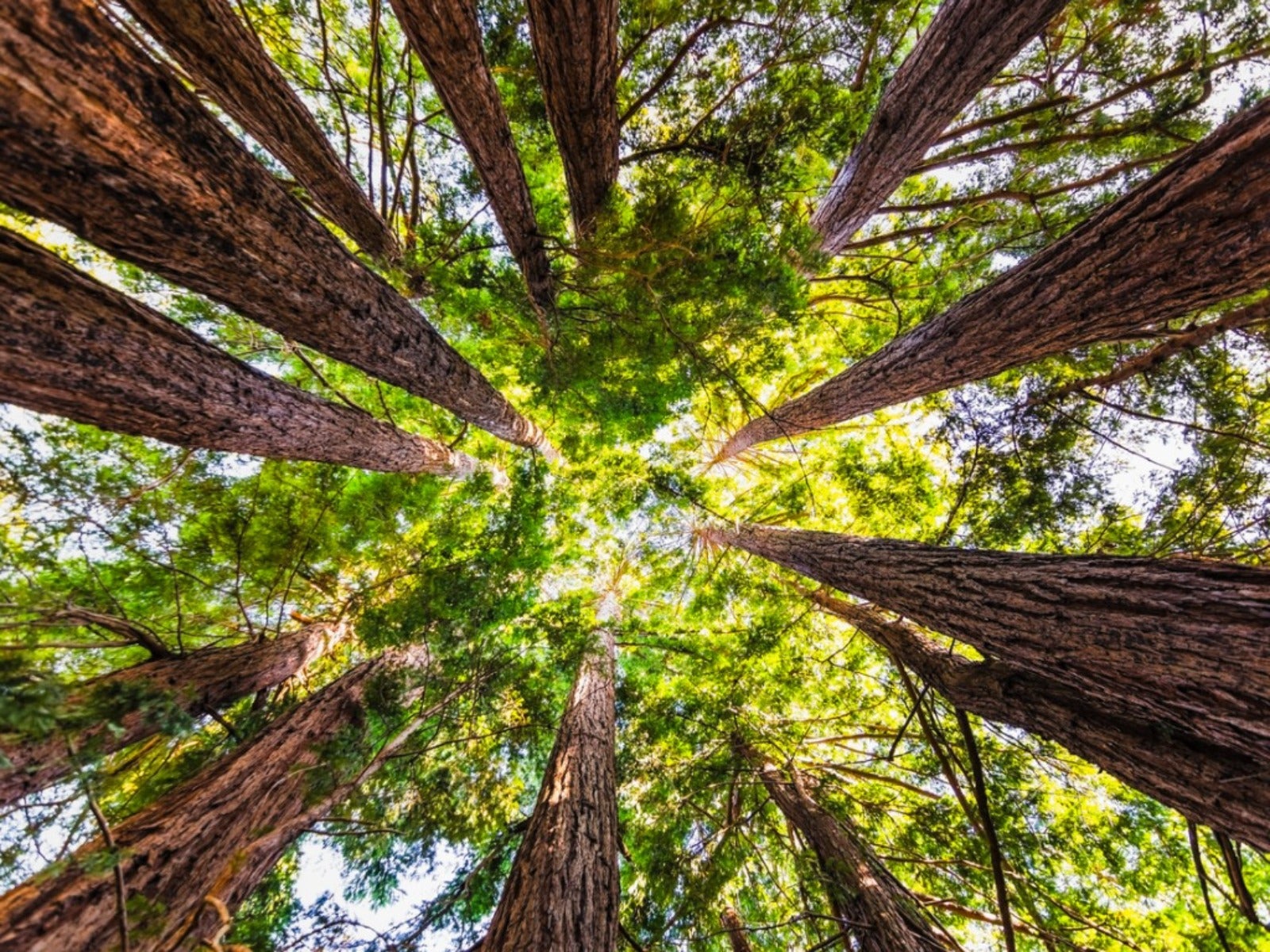 Best Trees For Carbon Sequestration And Climate Change
Best Trees For Carbon Sequestration And Climate ChangeLet’s keep planting trees. They are our best bet for capturing carbon and may help with our global warming issues.
By Teo Spengler
-
 7 Invasive Trees You Should Never Plant In Your Yard Or Garden
7 Invasive Trees You Should Never Plant In Your Yard Or GardenWhat are some invasive trees you should never plant in your yard? Click here to find out.
By Teo Spengler
-
 How Close Can You Plant A Tree To A Stump?
How Close Can You Plant A Tree To A Stump?Looking to plant new trees near old stumps or where stumps have been removed? Click here to learn how.
By Teo Spengler
-
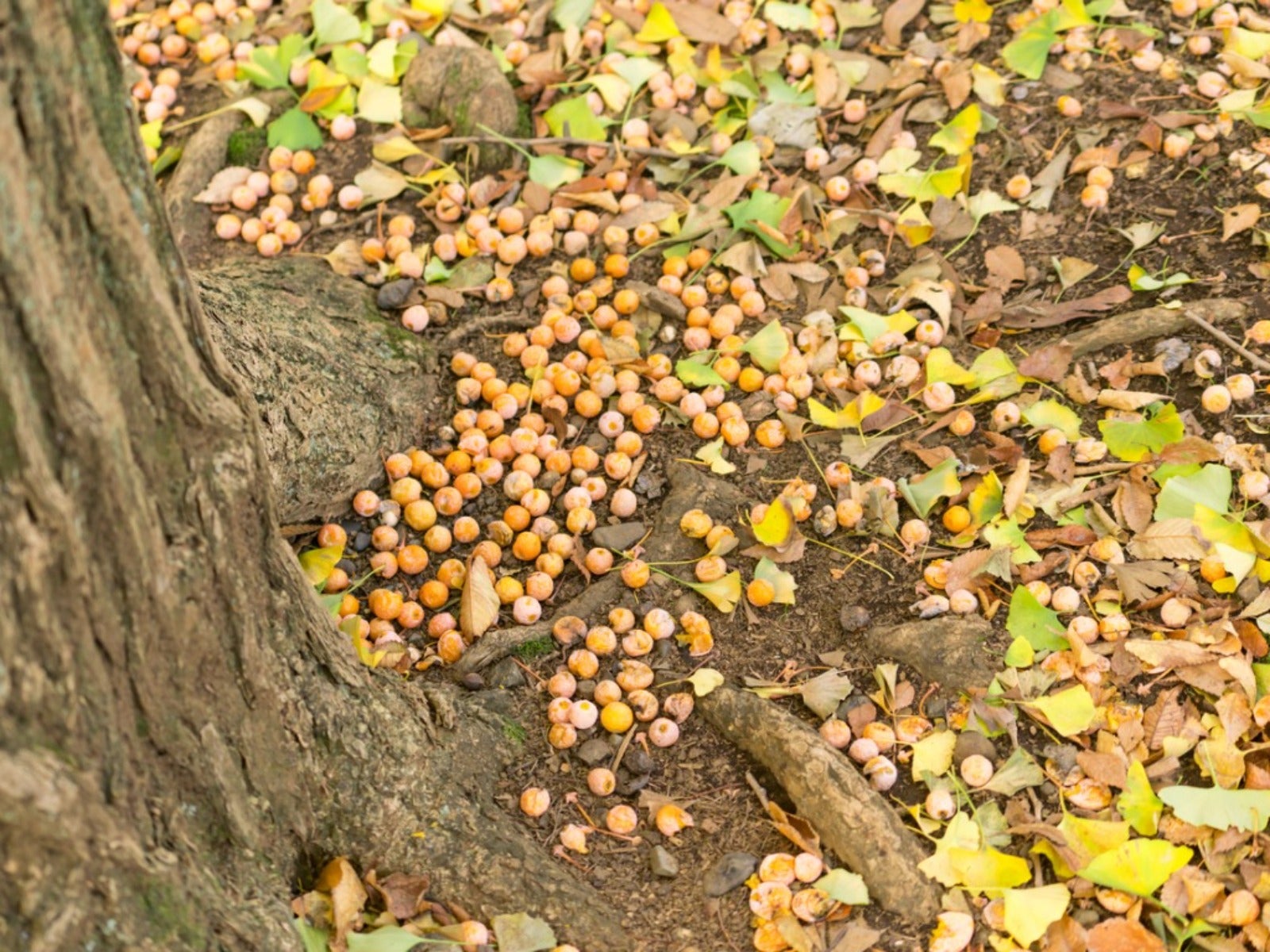 Messiest Trees That Drop Debris Everywhere
Messiest Trees That Drop Debris EverywhereWant to know which trees will create the biggest messes in your home landscape? Click here to find out.
By Amy Grant
-
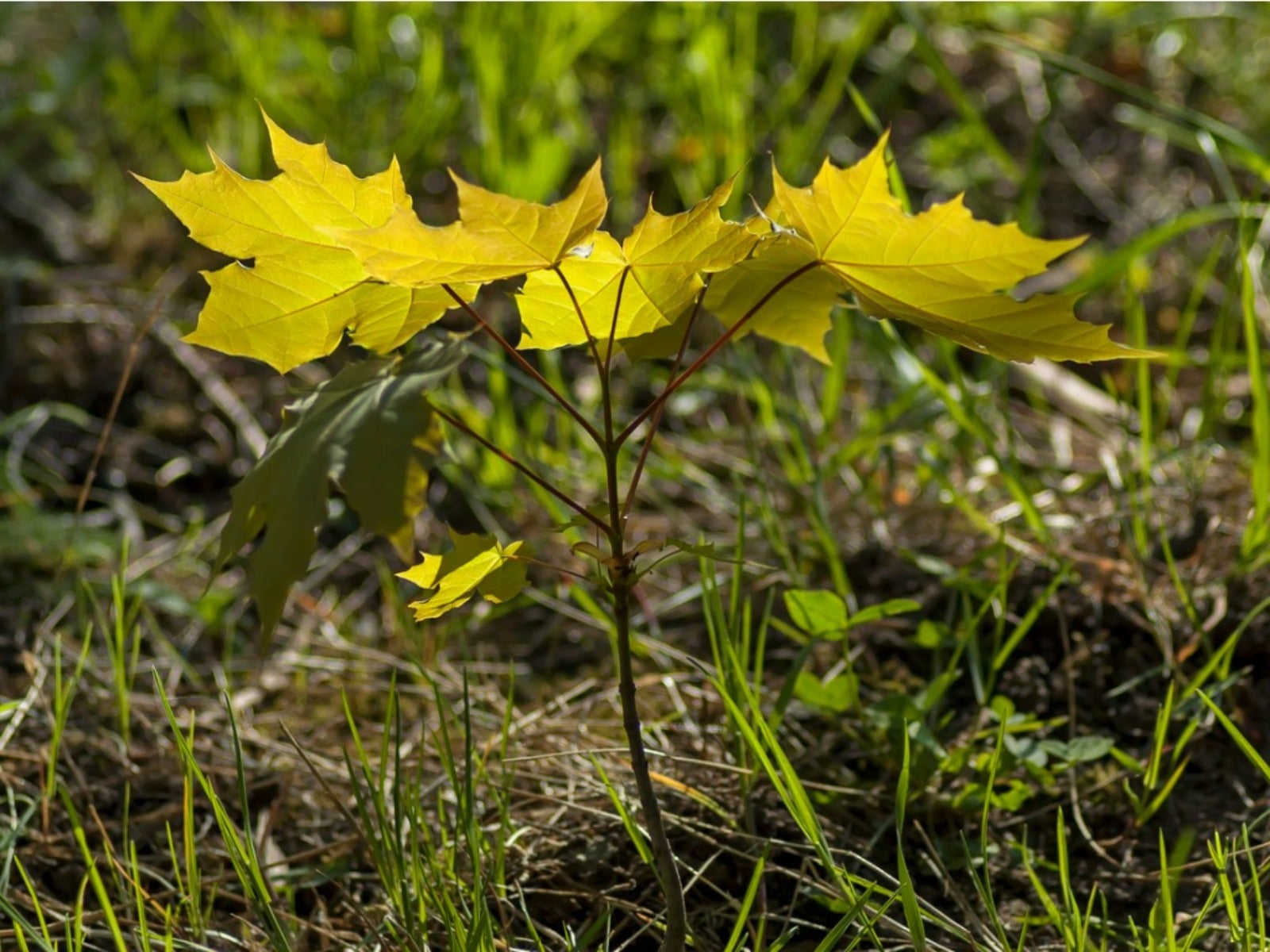 How To Get Rid Of Tree Sprouts In The Yard From Nearby Trees
How To Get Rid Of Tree Sprouts In The Yard From Nearby TreesLearn the simple way to keep pesky tree seedlings in your lawn from becoming saplings.
By Teo Spengler
-
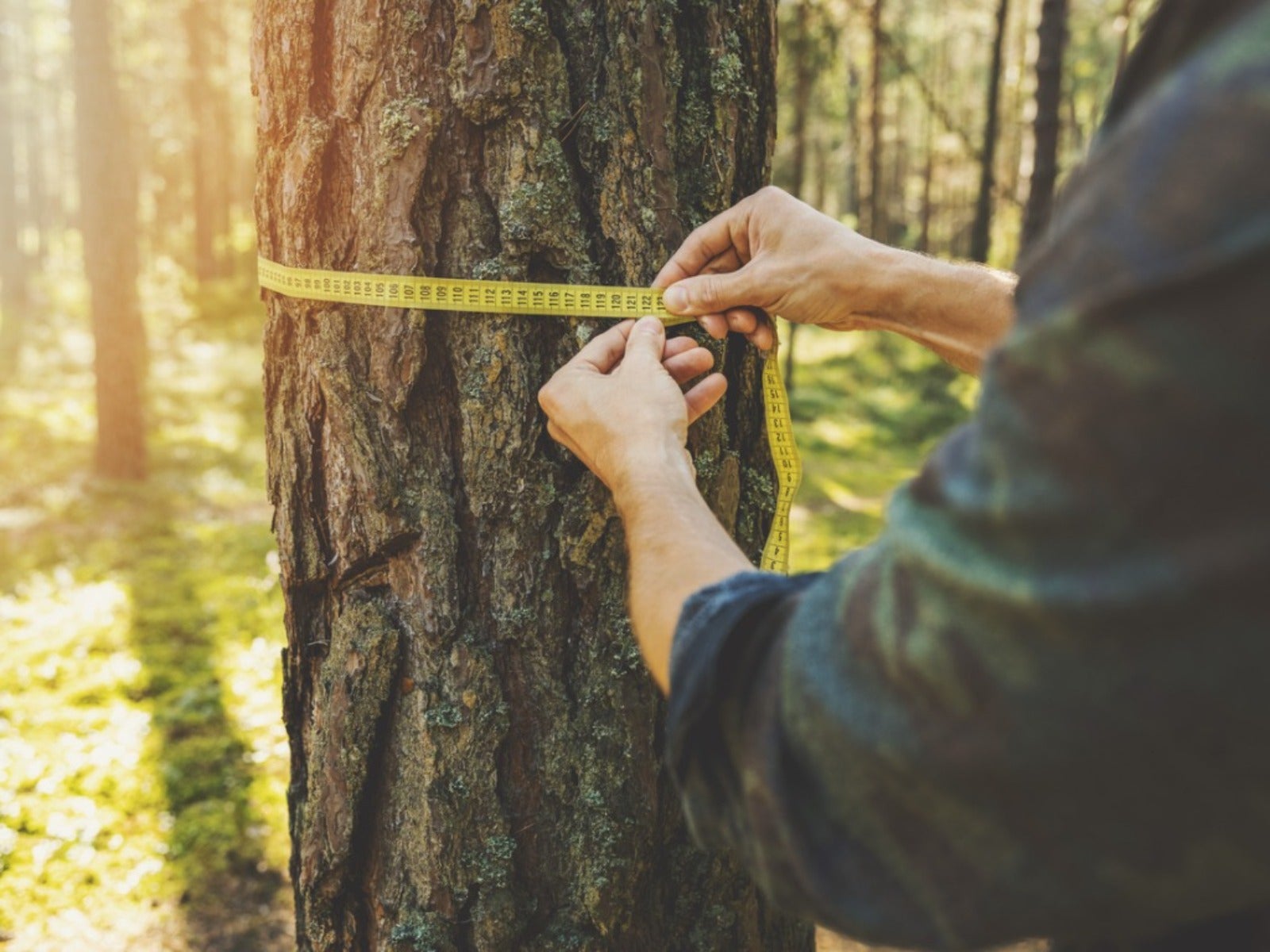 How To Tell How Old A Tree Is
How To Tell How Old A Tree IsEver wondered how to calculate the age of a tree? Click here to learn all about it.
By Teo Spengler
-
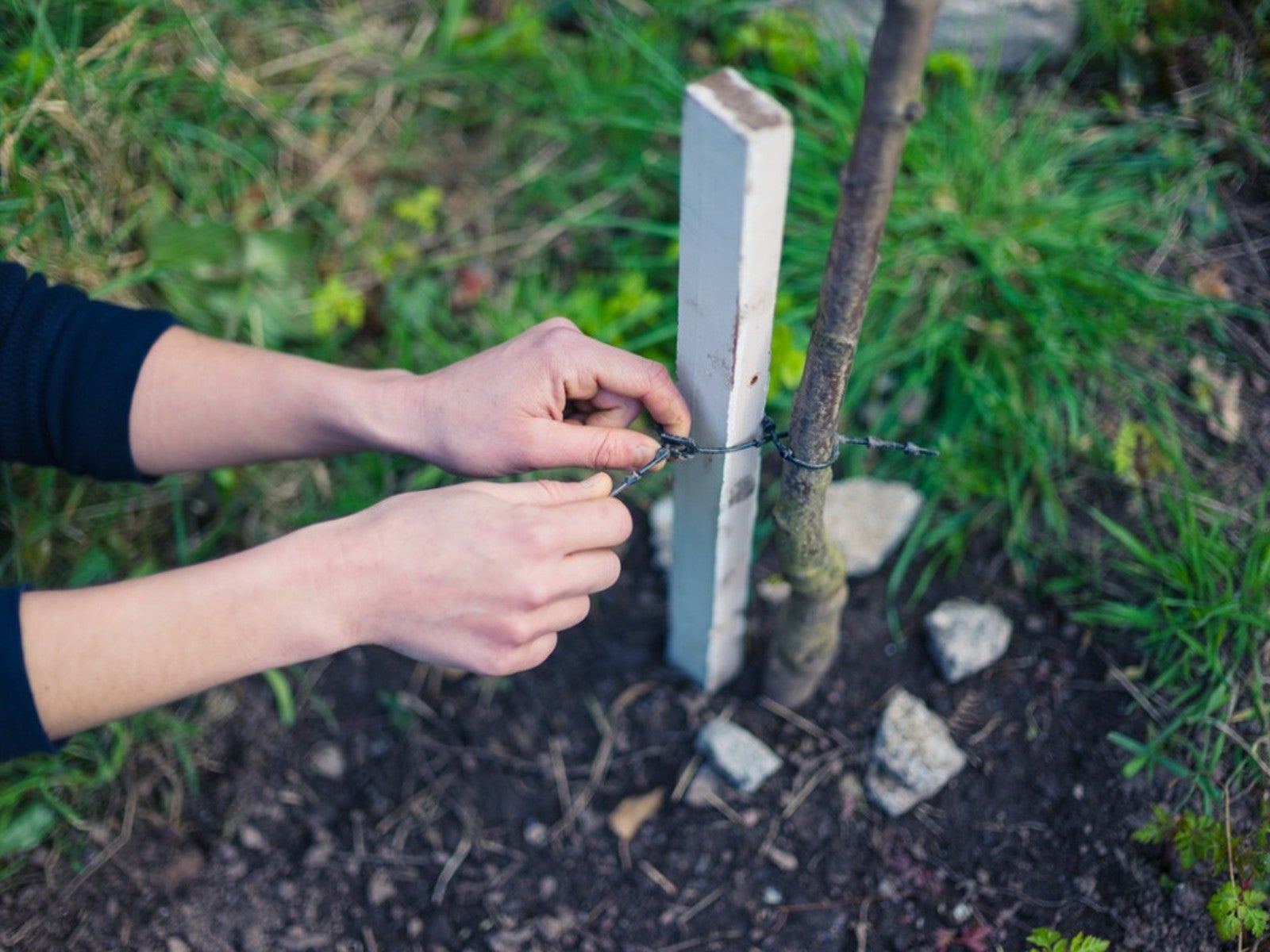 When To Remove Tree Stakes From Saplings
When To Remove Tree Stakes From SaplingsA newly planted tree may grow strong when it’s staked, but don’t forget to remove the stakes when it’s stable.
By Teo Spengler
-
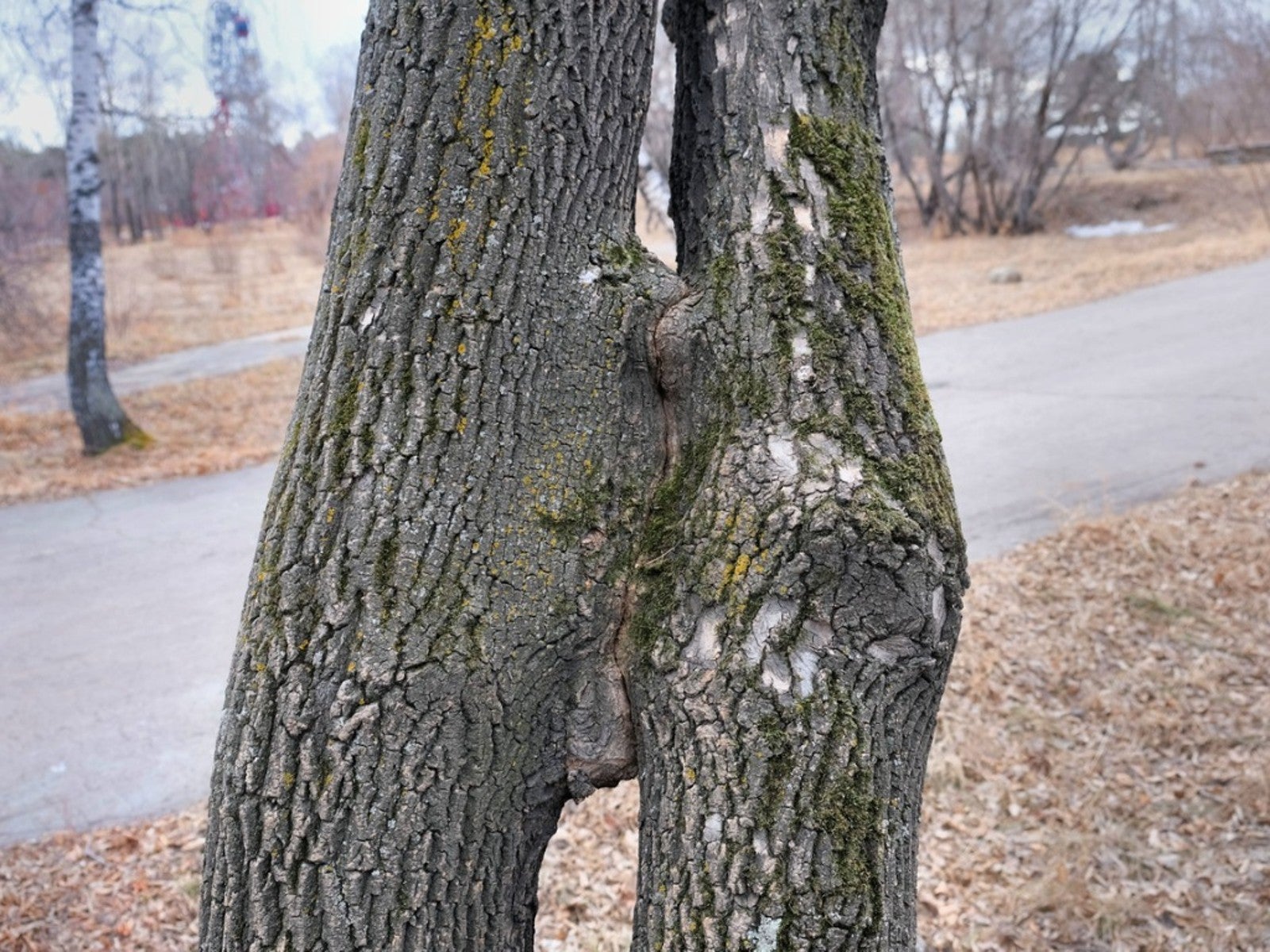 Inosculation And Trees Growing Together
Inosculation And Trees Growing TogetherIf you ever see two trees that have bonded and grown together, read here to learn why and how it happens.
By Teo Spengler
